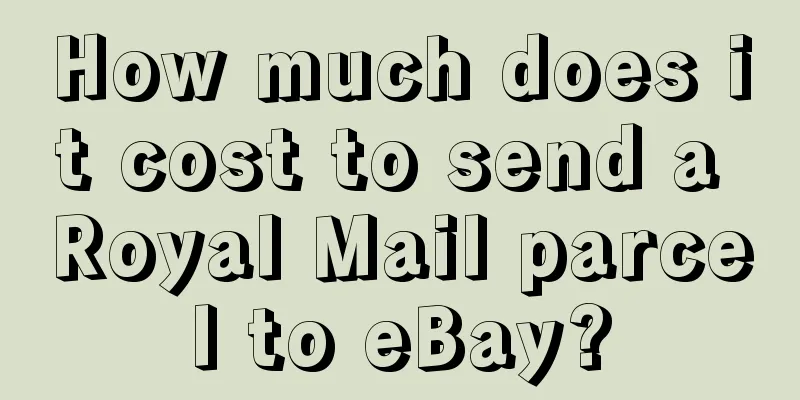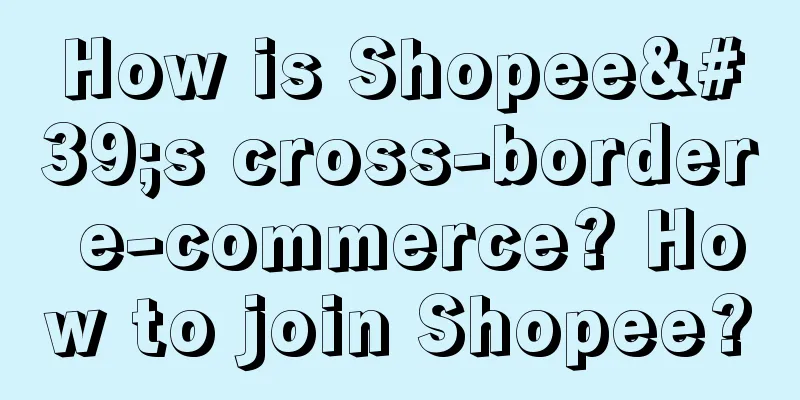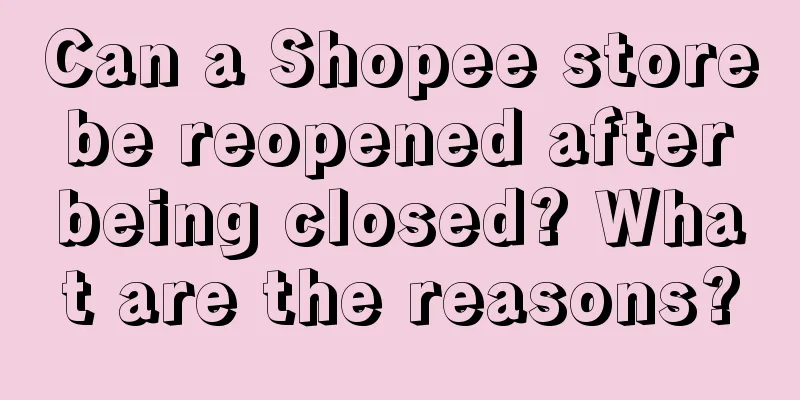Where can I find Amazon disposal fees? How are they calculated?

|
Merchants who open stores on Amazon know that there are fees when goods are stored in Amazon FBA operation centers. When goods cannot be sold and Amazon needs to remove the inventory, there will be disposal fees. Where can I check Amazon's disposal fees? Where can I find Amazon disposal fees? 1. If a seller wants to remove inventory from an Amazon fulfillment center, they need to submit a removal order. Sellers can use removal orders to manage redundant inventory, including inventory that is slow-moving and not suitable for resale (unsalable inventory). It takes 10-14 business days for the goods in a removal order to be shipped from an Amazon fulfillment center. However, during the holidays (Golden Week, October, November, and December), it may take 30 business days or longer. Amazon will charge the seller 45 days after the removal, and the sellable inventory will still be available for purchase before it is removed. 2. Removal orders will be charged based on the size and weight of the items to be removed. Amazon will charge different fees for local and cross-border moves, but if the return destination is in the UK, Germany, France, Italy, Spain, the Netherlands, the Czech Republic or Poland, goods delivered through Amazon Logistics Europe Integrated Service will be charged the relevant fees according to local moving standards. 3. For standard size items (not exceeding 1000g), the fee is a minimum of £0.25 per item and a maximum of £0.50 + £0.40 (for each additional 1000g). 4. For oversized items, the minimum charge for each item is £0.5 and the maximum is £3.00 + £0.40 (for each additional 1,000 grams). 5. For cross-border transfers, there are two regions, namely Region 1 (Austria, Belgium, Czech Republic, Germany, Denmark, Spain, France, United Kingdom, Ireland, Italy, Luxembourg, Netherlands, Poland, Romania) and Region 2 (Bulgaria, Cyprus, Estonia, Finland, Greece, Hungary, Latvia, Lithuania, Malta, Portugal, Sweden, Slovakia, Slovenia). 6. The minimum charge for standard-sized items in Zone 1 is £0.65 per item, and the minimum charge for standard-sized items in Zone 2 is £0.80 per item. For items weighing more than 1 kg, the charge for items in Zone 1 is £2.50 + £1.50 (for each additional 1,000 grams), and the charge for items in Zone 2 is £10.50 + £0.25 (for each additional 1,000 grams). 7. The minimum charge for large items in Zone 1 is £2.75 per item, and the minimum charge for large items in Zone 2 is £3.5 per item. For items weighing more than 1 kg, the charge for each item in Zone 1 is £8.50 + £1.00 (for each additional 1,000 grams), and the charge for each item in Zone 2 is £10.50 + £0.25 (for each additional 1,000 grams). It is relatively simple to check Amazon's abandonment fees. If you want to open a store on Amazon, you must understand these fees. Cross-border e-commerce is special because if the goods cannot be sold, removal fees and abandonment fees will be incurred. Recommended reading: What does Amazon's payment collection rate mean? How to improve it Why is Amazon's payment so slow? How long does it take for Amazon to pay me back? Is Amazon's payment cycle fixed? When will the payment be returned? |
<<: How are Amazon removal fees calculated? Which products are restricted?
>>: How is Amazon's payment cycle calculated? What are the payment methods?
Recommend
Graduation season is here, how can brands appeal to emotions and attract attention?
The annual graduation season is here again, and pl...
When consumers are in a state of fatigue, how can summer specialty drinks stand out?
Entering summer means starting a life with air con...
Luckin Coffee + Moutai, failed to become popular in the Year of the Dragon
After gaining huge traffic with "Jiangxiang L...
Migu, Douyin, and Tencent's Olympic traffic war
The Olympics has always been a hot topic for major...
What are the most exported products by cross-border e-commerce? How do cross-border e-commerce companies choose categories?
As an emerging business model, cross-border e-comm...
SHOPEE cross-border payment can be received in advance
In order to speed up your capital turnover and sho...
Which site is better for Shopee Malaysia or Vietnam? How to do Shopee well?
There are so many cross-border e-commerce platform...
Can I open an Amazon European site by myself? How does FBA charge?
Amazon is a cross-border e-commerce platform and i...
The market lost by Dianping was picked up by Xianyu?
Xianyu is quietly taking over the former territory...
How to effectively place ads on Xiaohongshu among amateurs?
This article introduces in detail the strategies a...
How does Shopee refund the price difference to customers? What should I do if the customer asks for a refund of the price difference?
After some Shopee customers bought a certain produ...
What is the Amazon brand authorization process? What are the benefits of Amazon brand authorization?
Merchants need to abide by the rules when opening ...
Which country has the highest traffic on Lazada? Site market analysis
Merchants who want to do cross-border business, wh...
What is the level of Amazon's 100 orders a day? How to increase Amazon's order volume?
There are many merchants opening stores on the Ama...
User Practical Methodology: How to Build a User Insight System
Many operations colleagues are unable to gain insi...









